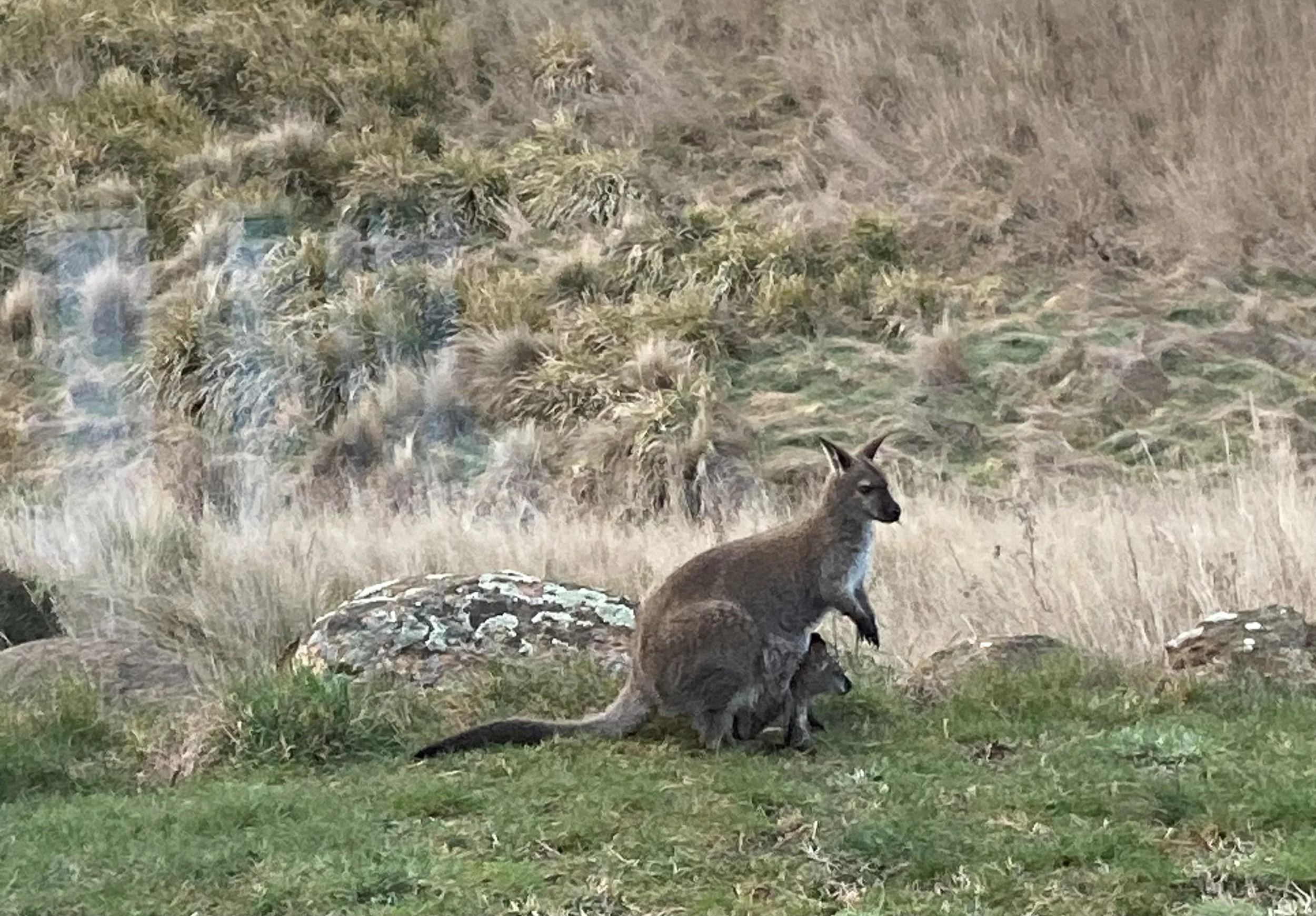Why is there an image of a humpback whale’s ‘bubble net’ at the beginning of this article? Well, it’s a story about grazing and biodiversity, and such a cool one that I couldn’t resist using it as the lead-in. The image captures the line of bubbles the whale leaves as he creates an acoustic net to trap small fish and then scoop them up.
Coming back to solid ground, grazing in farmland and bush is, like chocolate and carbon dioxide, a good thing in moderation. Grazing helps more sensitive plants that might not be able to compete with the most robust plants in the system (e.g. cocksfoot grass, silver tussock native grass) by opening up the plant canopy to allow sunshine in for photosynthesis.












